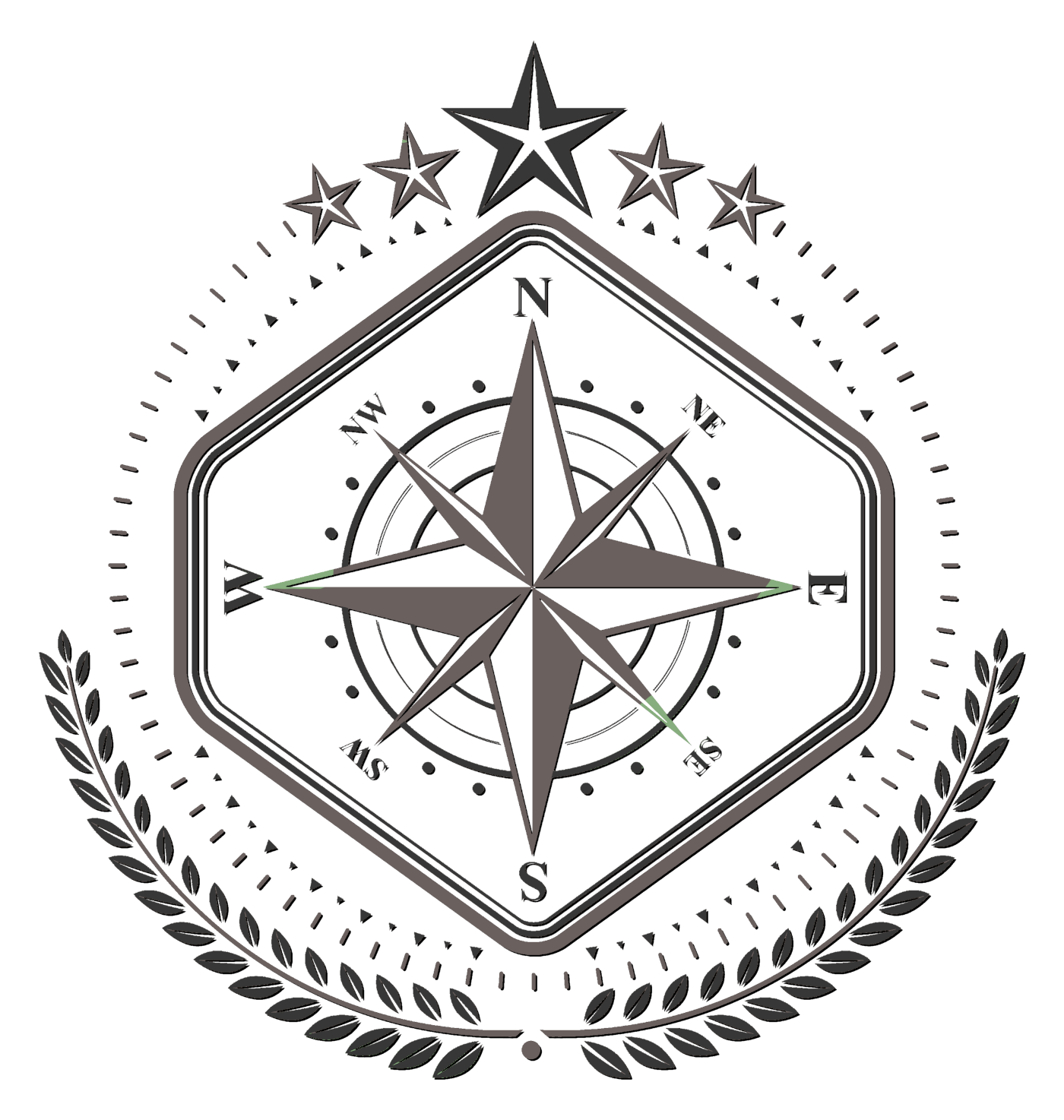|
I posted this ramble on my blog earlier this week, but I wanted to bring it over here in hopes of getting some more opinions from you writerly types.
I've had something on my mind lately... the concept of sequels, the infamous "number two."
Once Red Rain released, I had the writerly joy of receiving feedback on the book. What fun it is to hear from readers, some of whom may not have heard about me before they picked up my book. It’s exciting and challenging to hear what they like and dislike and mash it all together in hopes of applying it to my next book.
But there’s a common theme appearing in reviews that’s throwing me for a loop. Multiple people have mentioned it, which is even scarier. It’s the rather blunt declaration of…
“You should explore this with a sequel.”
And my response is…
“What sequel?”
Who said anything about a sequel? There isn’t a sequel; there never has been. It’s always been a standalone in my head. The first scene, with the school bus and concentration camps, was the first piece of inspiration I got for the story. It has always been the beginning; my characters have no lives before that morning, and I have never imagined what might have happened after the end. That 35k-word stretch is the only life my characters have; outside of that, they do not exist.
One of the fascinating things about fiction is that you can create an extremely finite world. Unlike real-life, a fictional world is only as big as the writer makes it. If the plot never leaves the MC’s village, then it might as well be the only village that exists on the planet. If the only character the MC interacts with his is mother, then she is the only person in the world that is worth caring about. There are no repercussions, alternate realities, other points of view. This is all we know.
You might argue that there is a whole world of repercussions, alternate realities, and other points of view implied in every story. Unless this is bizarre sci-fi, the character doesn’t exist in a vacuum. There is so much more about the world that could be told if someone imagines it.
This is true. With any story, an endless universe is there for you to imagine. You can create the entire world history from Creation to the point of the story; you can leave the plot and explore what the rest of the world was doing during that time; and once you’ve read “the end,” you can take the characters anywhere you want until the end of time. It’s an open-playing field – it’s free and boundless.
That is until someone writes it. Once the author writes a sequel, chains are put on the imagination by documenting another chunk of the character’s lives. Instead of dreaming about what might have happened, you now know what happened and are forced to accept it, if you want to be canon.
Sometimes this is exciting. As readers or movie-goers, sometimes we’ll do anything to revisit our favorite characters and follow them on another adventure.
But sometimes, this second meeting is bittersweet. Sometimes the sequel breaks the spell by reminding us that things will never be the same – by reminding us that the characters have grown up.
When characters exist only within a single movie or book, they are always the same. They may have changed from the beginning of the book to the end, but they will always have the same personalities that we know and love. That’s who they are, and that’s all they’ll ever be.
When a character embarks on a sequel, however, they are forced to change again. Whether or not you believe that stories have morals, it’s a simple fact that good stories have arcs, and these arcs almost always involve character change. The character learns something, grows up, conquers a fault. In some way, they emerge from the story a changed being.
Sometimes, when we already love a character, this change can be hard. Sometimes we don’t want them to grow up; sometimes they develop a fault that taints the charm they had before.
A great example of this is the Narnia movies. Over the course of the three films, some of the characters take on drastic reformations as they tackle new arcs each time. In LWW, Peter is unsure about his ability to lead; in PC, he desires power and takes matters into his own hands. Edmund is the betrayer in LWW. In PC he is trusting, but in VDT he mirrors his older brother in desiring power and adventure. And so on.
Are these progressions logical? Most of them are, but they are not always pleasant. While it might make sense that Peter, after having reigned many years only to grow young again, would get restless, people that loved his personality in LWW are often disappointed with his arrogance in PC. He is just not the same; the Peter they loved has changed. For those of us that enjoyed seeing Edmund mature between LWW and PC, his deterioration in VDT can be saddening.
Such is the risk of sequels. If you want a sequel, you have to be willing to let your characters change. You have to admit that they’ve grown up, that they were maturing in the time lapse between book 1 and book 2. To write a sequel you have to give up the way they were before and let them develop into someone new, just like real people.
I’m not sure I can do that with my darlings from Red Rain. These fictional people have never existed outside of the two-week window I plotted out for them. Their personalities have always been the same – their fears, hopes, and struggles the same. The idea of forcing them to change, to give them a new fault to work through, is somewhat unnerving.
Emotional attachment aside, however, characters are only half the battle with a sequel. To write a sequel you also have to extend the plot. Namely, you have to define “ever after.”
When a book exists as a standalone, it is up to your imagination to decide what happens after “the end.” A sequel changes all of that. A sequel cuts the imagination short by saying once and for all what happened after the prince and princess got married.
And just like characters that grow up, this reality can sometimes be painful. Sometimes it isn’t what we expected. Sometimes we have to destroy the world we loved so much before for the sake of presenting a new conflict. If the characters will never be the same, you can be sure that the world won’t be the same, either.
But sometimes a sequel is difficult not because it puts limits on ever after, but because it forces you to realize there was an ever after. Sometimes we like to leave characters at “fade out”; sometimes we are satisfied with the happy ending and want to leave the characters right there. A sequel rips away that fantasy by forcing us to continue the adventure – even if it’s taking the plot too far.
Hollywood is incredibly fond of sequels. In my mind, they are notorious for taking a perfectly good story and ruining happily ever after by sticking that overused “2,” 3,” or even “1.5” on the end of the title. What’s worse, Hollywood often stretches their concepts too far, reusing the same worlds and characters when there really isn’t enough story.
The rumored Toy Story 4 is a brilliant example of this. Whether or not it’s true, Toy Story 4 is an absolutely horrible idea, in my geeky opinion. Pixar pulled off three movies with the delightful cast, and all three were wonderful, even if they had essentially the same theme. Toy Story 3 was a beautiful ending to the series. To go beyond that not only ruins the mystique of the trilogy finish, but it also takes the concept too far. If you overuse a concept or characters, you run the risk of destroying the appeal that made your story enjoyable hitherto.
With Red Rain, I have never thought about what happened after. Do I want to explore the concept further? Do I want to fix the external problems I (intentionally) left my characters with at the end of the book? Is there even enough material to investigate, or would that be stretching my content too far?
I won’t ruin it for you if you haven’t read it, but my “happy ending” on Red Rain isn’t what most people expect. Some people think I should go back and fix society’s problems, to keep fighting. Do I want to go further when my intention was always to leave it that way? Do I want to go towards ultimate resolution, to the end of the world?
I’m not sure I do.
I’m not saying no to a sequel, prequel, or what have you. If there’s a story, I’ll write it. But I’m asking myself what I wish Hollywood directors would take to heart –
Every story doesn’t need a sequel. And if you’re going to put a “2” on the end, it comes with a price. Do you want to pay it? Is your audience willing to pay it?
Or is “the end” truly enough?
***
Now, your thoughts? What is your opinion about sequels? Are there any books or movies you’d wish they’d make a sequel to? Are there any sequels you wish they hadn’t made? Have you ever read a sequel and been disappointed in it?
_________________
Website | Twitter | Instagram
My Patrons get free books and merch!
Latest Release: Aurelius (Red Rain #3.5)
|





